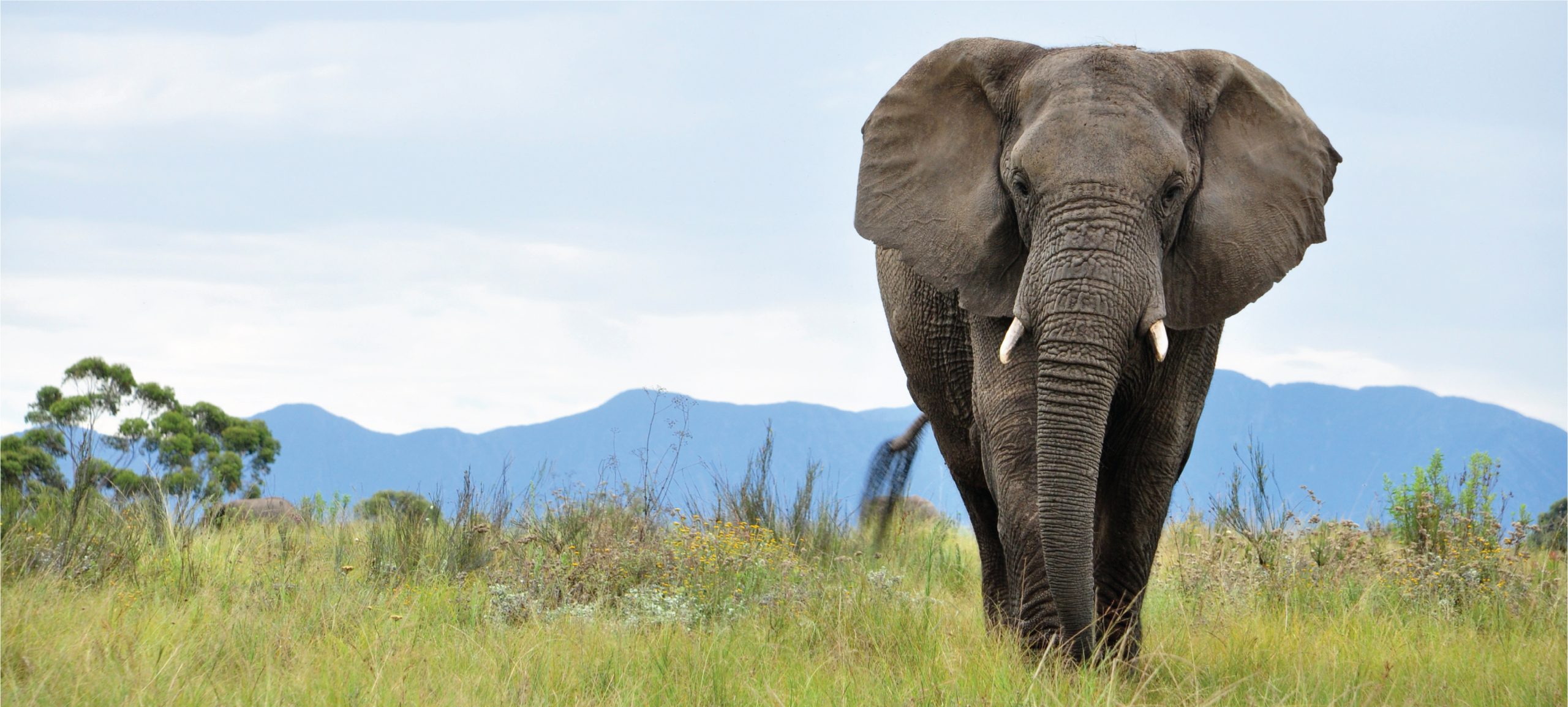-

Thomas’s Shrew Tenrec
Discover the intriguing Thomas’s Shrew Tenrec (Microgale thomasi), a nocturnal insectivore native to Madagascar’s lush forests. Despite its misleading name, this small mammal plays a vital ecological role through its diet of insects and worms while showcasing remarkable adaptations such as acute hearing and solitary behaviors. Learn more about how this unique creature contributes to…
-

Dobson’s Shrew Tenrec
Discover the Dobson’s Shrew Tenrec (Microgale dobsoni), a remarkable nocturnal mammal native to Madagascar, known for its shrew-like appearance and vital ecological role. Measuring only 70 to 90 millimeters in length, this resilient insectivore thrives in various habitats, showcasing unique adaptations for survival. Learn about its behaviors, conservation status, and the significance of preserving Madagascar’s…
-

Talazac’s Shrew Tenrec
Explore the captivating world of the Talazac’s Shrew Tenrec (Microgale talazaci), a small yet vital insectivorous mammal native to Madagascar’s rainforests. Learn about its unique physical characteristics, ecological roles, and adaptations that enable it to thrive in its dense habitat. Despite its “Least Concern” conservation status, the Talazac’s Shrew Tenrec faces threats from habitat destruction,…
-

Mole-like Rice Tenrec
Explore the intriguing world of the Mole-like Rice Tenrec (Oryzoryctes hova), a small mammal native to Madagascar that thrives underground with its mole-like appearance and behavior. Discover their unique adaptations, from powerful digging claws to sensitive whiskers, and learn about their ecological role in soil aeration and insect control, while uncovering the challenges they face…
-

Pygmy Shrew Tenrec
Discover the Pygmy Shrew Tenrec (Microgale parvula), one of Madagascar’s smallest insectivorous mammals, known for its unique adaptations and ecological significance. Measuring just 4 to 6 centimeters, these elusive creatures play a critical role in regulating insect populations while showcasing remarkable behaviors and physical features that intrigue wildlife enthusiasts. Learn more about their habitat, feeding…
-

Least Shrew Tenrec
Discover the Least Shrew Tenrec (Microgale pusilla), a tiny, insectivorous mammal native to Madagascar. With its unique adaptations, including an elongated snout for foraging and excellent camouflage, this elusive creature plays a crucial role in maintaining ecological balance by controlling insect populations. Despite being listed as “Least Concern,” habitat destruction poses potential threats, highlighting the…
Search
Popular Posts
-
Lampropeltis abnorma
Discover the striking Lampropeltis abnorma, or Central American Kingsnake, known for its vibrant coloration and smooth, glossy scales. Found in Central America’s tropical rainforests, this nocturnal predator plays a crucial role in its ecosystem by controlling pest populations and maintaining balance among small mammal and reptile communities.
-
Lamprolepis smaragdina
The Emerald Tree Skink (Lamprolepis smaragdina) is a vibrant, arboreal reptile native to tropical rainforests in the South Pacific, recognized for its striking green coloration, slender build, and prehensile tail. Primarily insectivorous, these skinks thrive in humid environments and play a vital role in maintaining ecological balance within their habitats.
-
Lamprolepis nieuwenhuisii
Discover the stunning Lamprolepis nieuwenhuisii, also known as the Nieuwenhuis’ Wrinkle-scaled Lizard, native to the rainforests of Southeast Asia. This fascinating species is characterized by its unique wrinkled scales, vibrant coloration, and agile movements, playing a vital role in its ecosystem as both a predator and prey.
Categories
Tags
animal adaptations (850) animal behavior (4898) animal reproduction (830) behavior (920) biodiversity (7464) conservation (1670) conservation efforts (1649) conservation status (5327) diet (2102) echolocation (822) ecological balance (1841) ecological role (1702) ecology (796) ecosystem (1469) ecosystem role (2797) endangered species (2472) environmental conservation (782) habitat (3269) habitat conservation (1030) Habitat Destruction (1243) habitat loss (3223) insectivorous reptiles (825) IUCN Red List (1720) lizard reproduction (801) nocturnal animals (2738) nocturnal behavior (2473) nocturnal reptiles (891) physical characteristics (2032) reproduction (2880) reptile behavior (805) reptile conservation (1148) reptile reproduction (842) rodent species (1325) seed dispersal (2115) Seed Disperser (971) small mammals (1166) snake behavior (766) snake diet (872) snake reproduction (939) South America (801) tropical forests (944) Vulnerable Species (4739) wildlife (2510) wildlife conservation (5021) wildlife protection (947)







